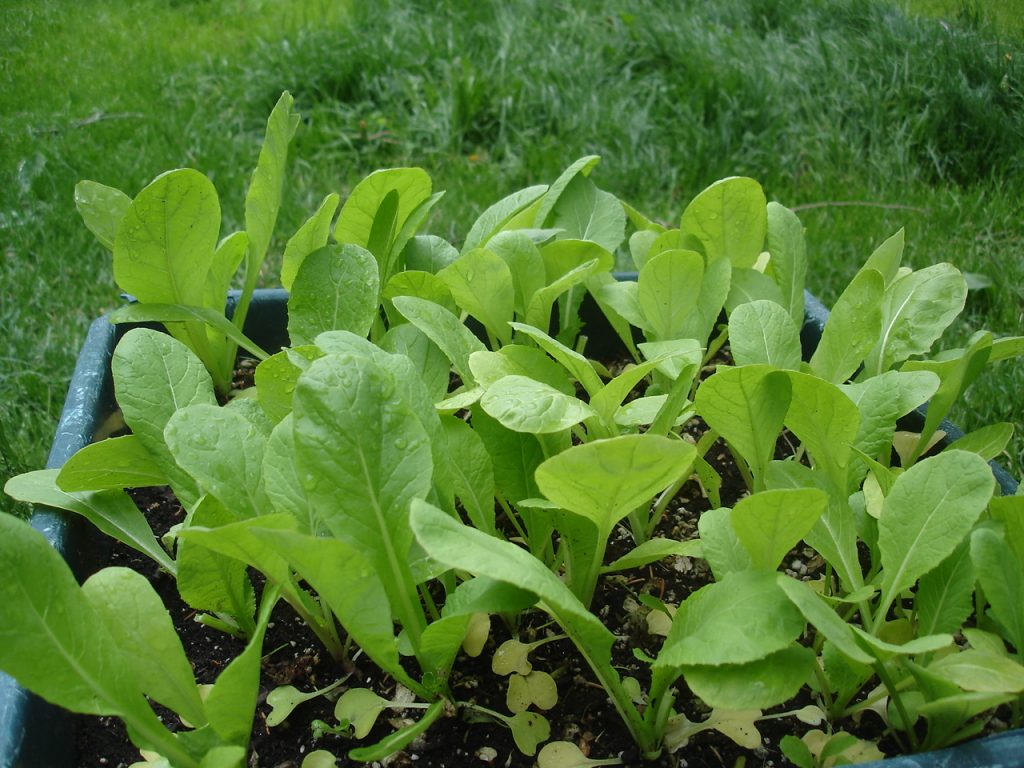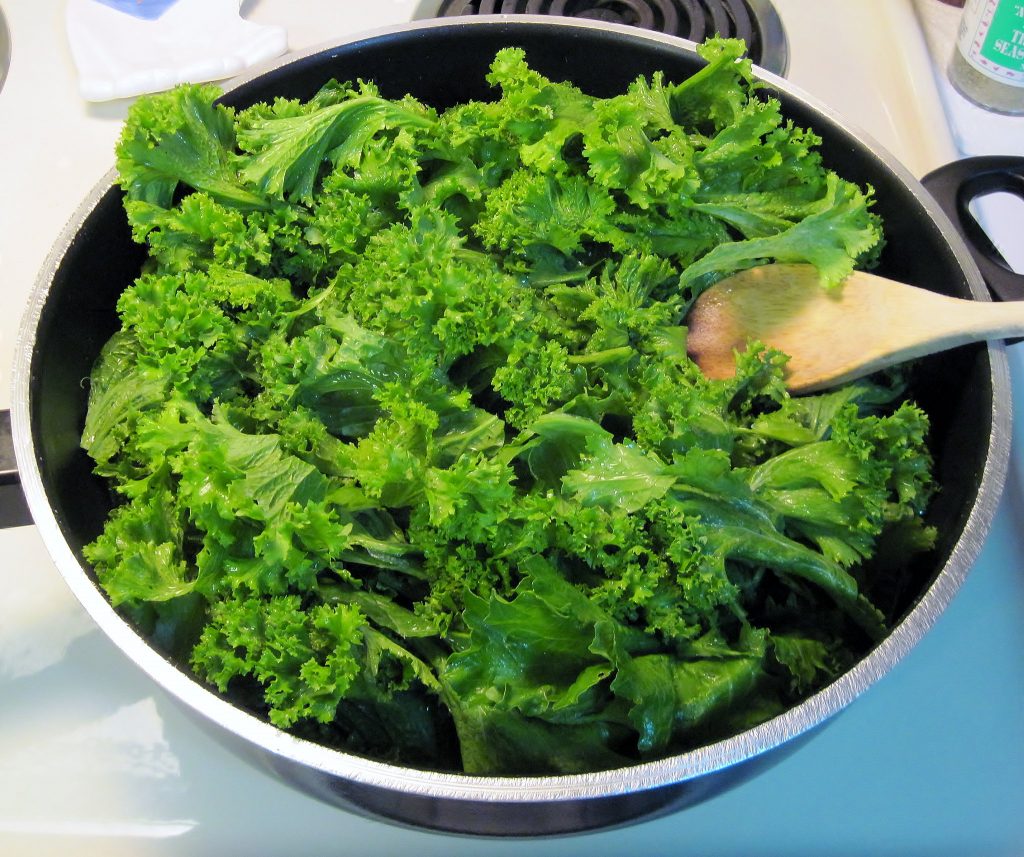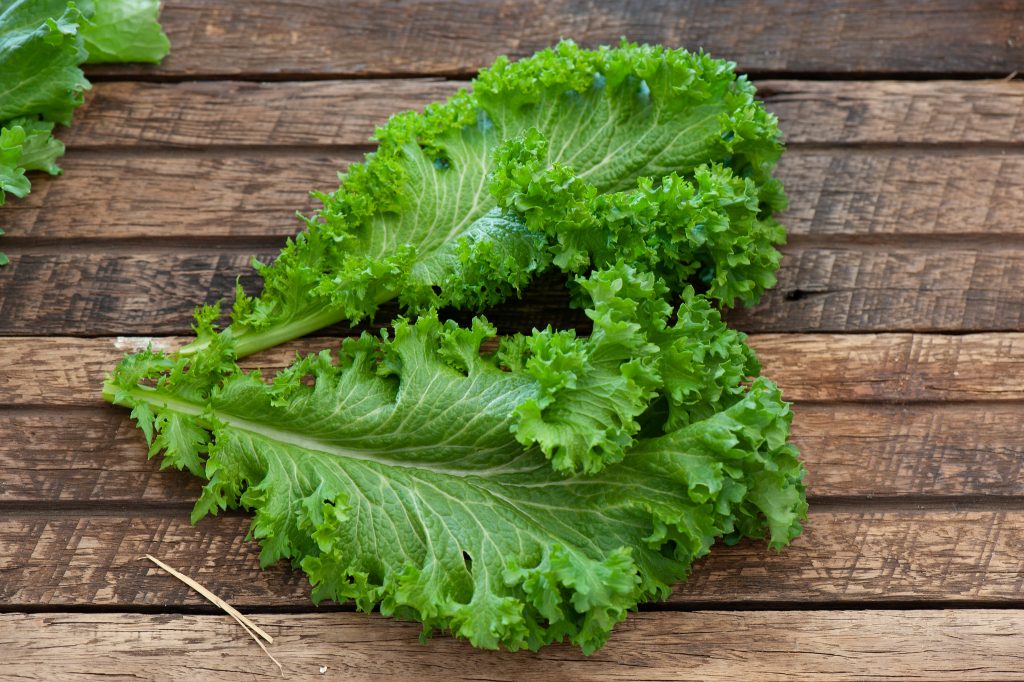When households run out of condiments, they typically go to the grocery store to buy what they need. Instead of doing that, why not grow the ingredients of these condiments right in your backyard? You could, for instance, grow cherry tomatoes to make delicious tomato catsup.
Similarly, you could grow mustard plants to make mustard. What’s more, you could grow mustard greens and make this veggie as part of your daily meals.
Quick Facts About Mustard Plants

When people hear the words “mustard plant,” they sometimes associate this with the production of mustard seeds. They then turn these seeds into powdered mustard (or homemade wet mustard when you combine the dry mustard with other ingredients).
What people don’t realize, however, is that the mustard seed plant is the same as the plant that produces mustard greens. You can grow mustard as a leafy vegetable. If you allow the mustard plant to flower and go to seed, you could harvest the mustard seeds as a cooking spice or popular condiment.
Mustard, in all its forms, is a healthy and flavorful way to elevate any savory dish.
Benefits of Eating Mustard Greens
Speaking of healthy, mustard greens are an excellent source of minerals and vitamins your body requires to stay fit. A serving of this vegetable contains nearly half of your daily vitamin C needs. Vitamin C helps maintain the immune system defenses of your body, so you need to get sufficient amounts of this throughout your day.
Mustard greens are also low in fat. A single serving of this plant contains 0.2 grams of fat. If you’re trying to lose weight or cut back on your calorie count, eating mustard greens is the way to go.
How to Grow a Mustard Plant
Unlike an outdoor avocado tree wherein it takes a while to grow, growing a mustard plant is quick and easy.
Here are tips on planting, taking care of and harvesting mustard greens:
Planting Mustard Greens
You have the option of planting mustard greensfrom seed or young seedlings. Given that growing these greens from seed is easy, this is a common way to plant these vegetables.
If you’re planning to grow mustard from seed, you can start doing this three weeks prior to the last frost date. Consider planting mustard green seeds approximately every three weeks, so you could enjoy a successive and steadier harvest.
Take note, though, that mustard greens won’t thrive well in the summer. So, make sure that you stop planting mustard seeds a bit before the end of springtime. You could resume planting these vegetables again in mid-summer for an autumn harvest.
When planting seeds, make sure you put each seed under the soil approximately half an inch apart. Once the seeds sprout, thin them to three inches apart.
Caring for Mustard Greens
Here’s a bit of good news: mustard greens require minimal care. Just remember that these plants flourish and grow rapidly in cool weather. Also, give them lots of sunlight.
As for watering, make sure you give mustard greens two inches of water. Usually, during cool weather, you should obtain sufficient rainfall to meet this requirement. If you don’t, you’ll need to do additional watering for these plants.
When doing plant maintenance, keep your mustard greens free from weeds, especially when they’re still small seedlings. These veggies will have a difficult time growing when there’s competition for nutrients.
Harvesting Mustard Greens
When harvesting mustard greens, make sure you do them while they are still tender and young. Allowing the leaves to age will make the plant tougher and increasingly bitter. If you find yellow leaves on the plant, remember to take them out.
You have two options when harvesting this form of a mustard plant. You could cut down the whole plant and harvest all the leaves in one go. Alternatively, you could pick individual leaves and allow the plant to grow more.
Cooking with Mustard Plants

You could use the mustard seeds to make powdered or wet mustard, but what about mustard greens? The good news is that you could use these veggies to make delicious and healthy dishes for yourself and your family.
Here are a few simple mustard greens recipe ideas:
Mustard Greens and Meatballs
Ditch spaghetti and other types of pasta and use mustard plants instead. When cooking your meatballs, add the mustard greens in the same pan to infuse the veggies with a meaty flavor.
Frittata
Italians like frittatas and bitter greens. Putting them together, therefore, makes sense. You could whip up frittata using the mustard greens you’ve harvested.
Sauté the mustard greens with onions. Next, add the eggs. Cook this mixture on the stovetop first. Then, cook it in the oven until it’s set.
Casserole
Not sure how to handle the natural pungency of mustard greens? Use this veggie as the main ingredient in your casserole. Bake the mustard greens along with your other casserole ingredients in a cream sauce. Then, top the dish with fried shallots.
When you’re growing mustard plants, don’t just do it for the sake of producing powdered or wet mustard. Use the mustard greens to whip up flavorful and healthy meals in the kitchen.

